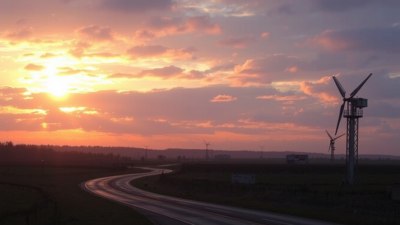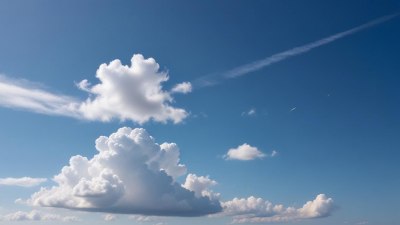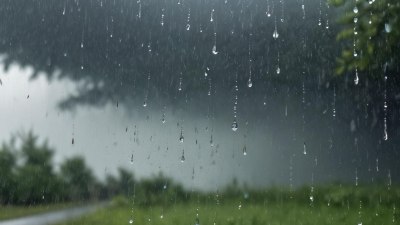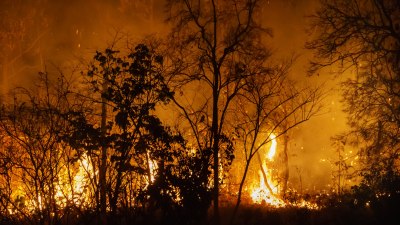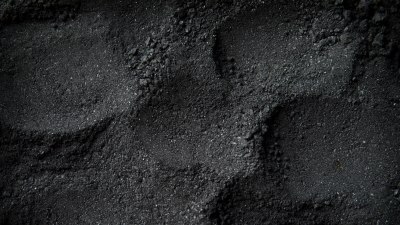Why Polar Jet Streams Drive Winter Weather Events
Explore how polar jet streams influence winter weather, affecting storms, temperatures, and precipitation patterns across regions.
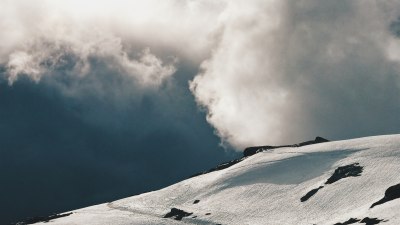
Polar jet streams are fast-moving air currents high in the atmosphere that play a significant role in shaping winter weather patterns across the Northern Hemisphere. These narrow bands of strong winds, typically found at altitudes around 30,000 feet, separate cold polar air from warmer air to the south. Understanding how polar jet streams operate and influence weather helps meteorologists predict winter storms, cold spells, and precipitation events more accurately.
The polar jet stream is a product of temperature contrasts between the Arctic and mid-latitude regions. During winter, as the temperature difference between polar and tropical air masses intensifies, the jet stream strengthens and shifts position, often meandering in waves called Rossby waves. These undulations can plunge cold Arctic air deep into lower latitudes or allow warm air to move northward, creating dynamic winter weather patterns.
One critical aspect of the polar jet stream is its ability to steer weather systems. Low-pressure storms and frontal boundaries often travel along the jet stream’s path, which determines where precipitation will occur and how severe it might be. When the jet stream dips south in what meteorologists call a trough, it can bring frigid temperatures and snow to affected areas. Conversely, a northward bulge, or ridge, can lead to milder conditions and less precipitation.
During winter, the jet stream’s behavior influences major weather events such as blizzards, ice storms, and cold snaps. For instance, a strong trough over the eastern United States can funnel polar air southward, triggering heavy snowfalls and record low temperatures. On the other hand, a disrupted jet stream can lead to prolonged periods of either cold or warmth, depending on its pattern, causing unusual weather extremes.
The variability of the polar jet stream is also linked to larger climate phenomena. The Arctic Oscillation (AO) and North Atlantic Oscillation (NAO) are patterns of atmospheric pressure that modulate the jet stream’s strength and position. When these oscillations are in a negative phase, the jet stream tends to become wavier and weaker, allowing cold air outbreaks to reach further south. In positive phases, a stronger and more zonal jet stream traps cold air in the polar regions and keeps southern regions warmer.
Another factor influencing the polar jet stream is the reduction of Arctic sea ice and warming temperatures in the Arctic, a consequence of climate change. Some studies suggest that Arctic warming can weaken the polar jet stream by reducing the temperature gradient between the poles and mid-latitudes. This weakening may cause the jet stream to slow down and become more wavy, which can lead to frequent and prolonged winter weather extremes such as cold spells, snowstorms, or unseasonal warm periods.
Polar jet streams are not stationary; they change throughout the winter months as atmospheric conditions shift. Early winter may feature a relatively strong and stable jet stream, guiding consistent storm tracks across certain regions. Later in the season, the jet stream can weaken or split into branches, complicating weather patterns and leading to sudden and unexpected winter storms.
Understanding the dynamics of the polar jet stream also helps explain why some regions experience harsher winters than others. Areas under the influence of a jet stream trough frequently face cold air intrusion and heavy snowfall, while regions beneath a ridge are more likely to have mild and dry winters. This also explains why storms that form along the jet stream track rapidly move across continents, while those away from it tend to dissipate.
Moreover, the interaction between the polar jet stream and other jet streams, such as the subtropical jet stream, can create complex weather scenarios. Sometimes, the merging of these jet streams can intensify storms, leading to extreme winter weather events. This phenomenon is particularly common during certain atmospheric setups when warm moist air from the south meets the cold polar air masses, resulting in powerful cyclones.
Meteorologists use sophisticated models to track the polar jet stream and forecast its movements. Satellite data, weather balloons, and computer simulations all contribute to understanding the jet stream’s shape, speed, and direction. Accurate predictions of jet stream behavior allow forecasters to anticipate winter storms days in advance, which is crucial for issuing timely warnings and preparing communities.
For example, the infamous 'Polar Vortex' events in recent years have been linked to unusual jet stream patterns. A weakened jet stream allowed cold Arctic air to plunge into the mid-latitudes, causing extreme cold weather across the United States and Europe. These events demonstrate how changes in the jet stream can have immediate and severe impacts on winter weather conditions.
In some cases, the jet stream’s position can affect the intensity and path of freezing rain events. When the jet stream positions a warm air layer above a cold surface layer, precipitation can fall as rain and then freeze on contact, forming icy surfaces. Understanding the jet stream’s role helps in identifying regions at risk for hazardous ice storms during winter.
The polar jet stream also contributes to regional variations in winter climate. Coastal areas might experience milder conditions if the jet stream steers storms away or brings warm ocean air inland. Conversely, inland regions might face more severe winters with prolonged cold spells if the jet stream pattern favors the southward movement of arctic air.
Seasonal forecasting efforts increasingly incorporate jet stream data to provide outlooks for winter conditions weeks or months ahead. While predicting the exact path of the jet stream remains challenging due to its complex and chaotic nature, trends in its typical configurations can offer valuable guidance for agriculture, transportation, and energy sectors to prepare for winter demands.
The influence of the polar jet stream is not limited to the atmosphere alone; it also interacts with oceanic patterns. For instance, sea surface temperature anomalies in the Pacific Ocean, such as those associated with El Niño or La Niña phenomena, can alter the position and strength of the jet stream. These changes, in turn, impact the distribution of winter precipitation and temperature anomalies across continents.
Changes in polar jet stream dynamics have broader implications for ecosystems and human activities. For example, shifts in winter weather patterns can affect snowpack levels critical for freshwater supply and agriculture. They also influence winter recreational activities and preparedness for severe weather.
Scientists continue to study the polar jet stream to better understand its response to a warming planet. Improved comprehension of how Arctic amplification influences the jet stream’s waviness and speed is a key research focus. This knowledge will help forecast not only winter weather events but also long-term climate trends.
In summary, the polar jet stream acts as a powerful driver of winter weather, directing cold air masses, storms, and precipitation patterns across mid-latitudes. Its position and strength influence the severity and frequency of winter weather events, including snowstorms, cold waves, and ice events. By monitoring the jet stream and associated atmospheric patterns, meteorologists can improve winter weather forecasts, helping societies adapt to and mitigate winter impacts.
The dynamic nature of the polar jet stream ensures winter weather remains variable and sometimes extreme. Its interactions with climate factors like the Arctic Oscillation, sea ice extent, and ocean temperatures highlight the complexity of Earth's climate system. As research advances, the hope is to enhance predictive capabilities and better prepare for the challenges posed by winter weather driven by this atmospheric river of high winds.


